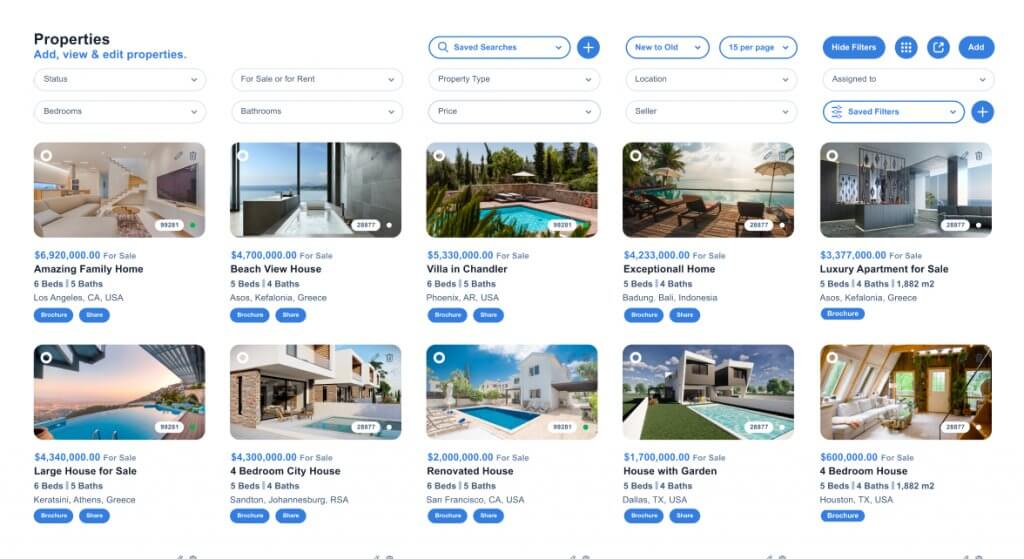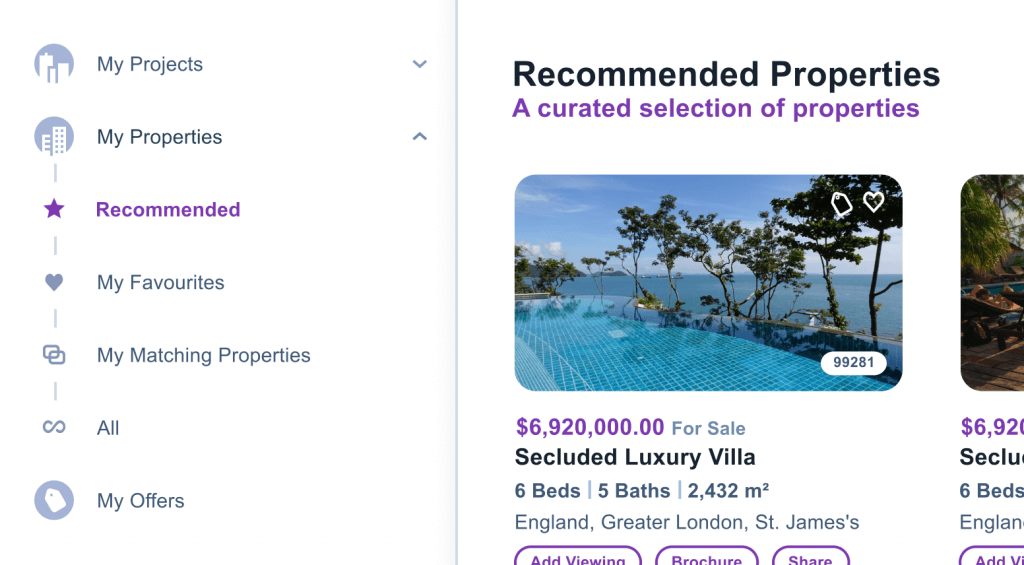A prospect that becomes qualified is usually referred to as a sales opportunity. In practice, this means that your salesperson has spoken with the prospect, established what they need, determined that your product is a good fit, and are of the opinion that the probability of closing a deal with that prospect is high.
But how does a prospect become qualified in order to be turned into an opportunity? And what then is a lead if not a prospect – why is the one often confused for the other?
Lead → Qualified Prospect → Opportunity?
Sales teams are often comprised of individuals with varying opinions on what makes for a potential lead, a solid prospect or what entails an opportunity. Many have different views on whether a deal is legitimate, or not. And others simply don’t know the basics of what constitutes a prospect, a lead or an opportunity – nor understand the value of knowing. It stands to reason then that inconsistencies like these in a business will inevitably impact the way in which vital information moves through a CRM during the sales process, influencing the effectiveness of proper workflows and the accuracy of forecasted revenues (i.e. your bottom line).
So, what do you do to eliminate confusion?
Ensure your salespeople understand the terms
Knowing when to turn a lead into a qualified prospect which can then be converted into an opportunity is largely dependent on your sales team understanding the notion of all three terms. They are typically defined as follows:
- lead – usually someone that you have very little information about, a top-of-the-funnel contact whose business card you might have, or someone who filled out a form on your website.
- prospect – a contact (a lead) who becomes qualified because they’ve been identified as being a someone who may become a customer.
- opportunity – qualified prospect with whom you feel a deal will be closed.
Make sure you’re all on the same page
Once your sales team understands what Lead → Qualified Prospect → Opportunity means, it then becomes a case of applying the knowledge consistently during the workflow process. This involves reaching a company-wide consensus on how and when to segment people into leads, qualified prospects or opportunities. This is different for each business but by putting in place well-defined criteria, you avoid the risk of overloading your sales funnel with poor leads that have no chance of ever being converted into actual sales, giving your salespeople more time to work on closing deals with qualified prospects instead.
Automate the process with an effective CRM
A CRM does not make sales, it simply makes your sales team sell smarter. This means your CRM needs to be able to manage your sales process effectively with just a few simple steps. Using a platform like Qobrix for instance, you are easily able to separate your potential clients into Leads and Opportunities, giving your sales team the power to prioritise which enquiries need more attention. Qobrix also allows you to efficiently manage the number of contacts and data which are added daily to your CRM, automatically detecting duplicate entries, and giving you the ability to take any necessary actions.
Learn how Qobrix can help you better manage leads and opportunities to increase sales.




